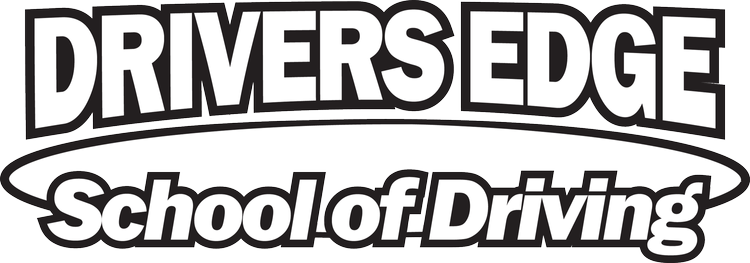“Swerve or Hit It Part 2”
Wildlife encounters on the road do not end with deer or raccoons. From farm animals to birds and even wild predators, drivers may face a range of creatures while behind the wheel. Each animal behaves differently, yet all are inconsistent. In this follow-up to Blog #64, we will look at how to handle some other wildlife.
Farm animals do not always stay within their fences. Whether it is a broken gate, a downed fence, or a particularly curious goat, it is not unusual to see domestic animals loose on rural roads. These animals vary greatly in size and speed.
Cows can weigh over a thousand pounds and tend to stand still or slowly wander, even when approached by vehicles. If you spot one ahead, reduce your speed significantly and do not assume it will move. It is not recommended to hit a cow. With the sheer mass, it is best to stop, and if stopping is not possible, safely swerve.
Pigs, especially larger hogs, can appear suddenly and are surprisingly dense and low to the ground. Their low center of gravity means they can cause more damage than expected in a collision. Brake in your lane and avoid sharp movements.
Goats and sheep are smaller and more agile, but they often move in groups. Similar to deer, if you see one, assume more are coming. They can be unpredictable, darting back and forth rather than committing to one side of the road. However, with their small stature, hitting them straight on is usually better than trying to swerve.
Driving through the Western United States brings its unique risks. The wide-open landscapes and protected lands mean you’re more likely to encounter bison, elk, mule deer, and even bears. These animals are typically larger, heavier, and more dangerous in a collision than their eastern US counterparts.
Bison are especially intimidating. A full-grown male can weigh up to 2,000 pounds and will easily destroy a vehicle in a collision. Do not scare, do not get out of your vehicle, do not honk, and do not drive by closely if possible. It is highly advised not to hit bison, as these animals can be the size of small cars. Break and avoid collisions with bison.
Elk, like moose, are tall animals. In a collision, their body can come through the windshield because of their high center of gravity. Treat them the same way you would a moose: brake hard, and if you can not stop and the road is clear, a controlled swerve is better than a direct impact.
While not commonly seen in the middle of roads, bears do sometimes cross, especially in the early morning or late evening, like other animals. Slow down, do not honk, and never try to pass closely. A bear may behave aggressively if it feels threatened. Due to the dangers of hitting a bear and potentially being incapacitated next to a predator, it is not advised to hit a bear. Break hard, and if the road is clear, swerve under control.
Birds may not seem like much of a threat, but under the wrong conditions, they can cause their own set of problems. Most birds will fly away just in time, but not always.
Larger birds like turkeys, vultures, and geese may linger on the road, especially if they are feeding or in groups. These birds are slower to take off and may not respond immediately to your vehicle. So be cautious and be prepared to stop.
Smaller birds like blue jays, chickadees, or the tufted titmouse may appear to be flying directly at you, but will often fly off in the nick of time. It is not advised to swerve for these birds, as often impact is avoided. If a bird strikes your windshield, stay calm. The shock can be startling, but your vehicle's windshield is designed for small projectile impacts. If a crack does appear in your windshield, get it fixed as soon as you can, as it can become hazardous at high speeds or in the event of another crash.
Farm animals, birds, and wildlife are all around, and this is a marvelous thing. However, they do not understand the ways of the road. So it is our responsibility to prevent car collisions with animals. Slow down, be alert, and be prepared to stop and only swerve when necessary.
